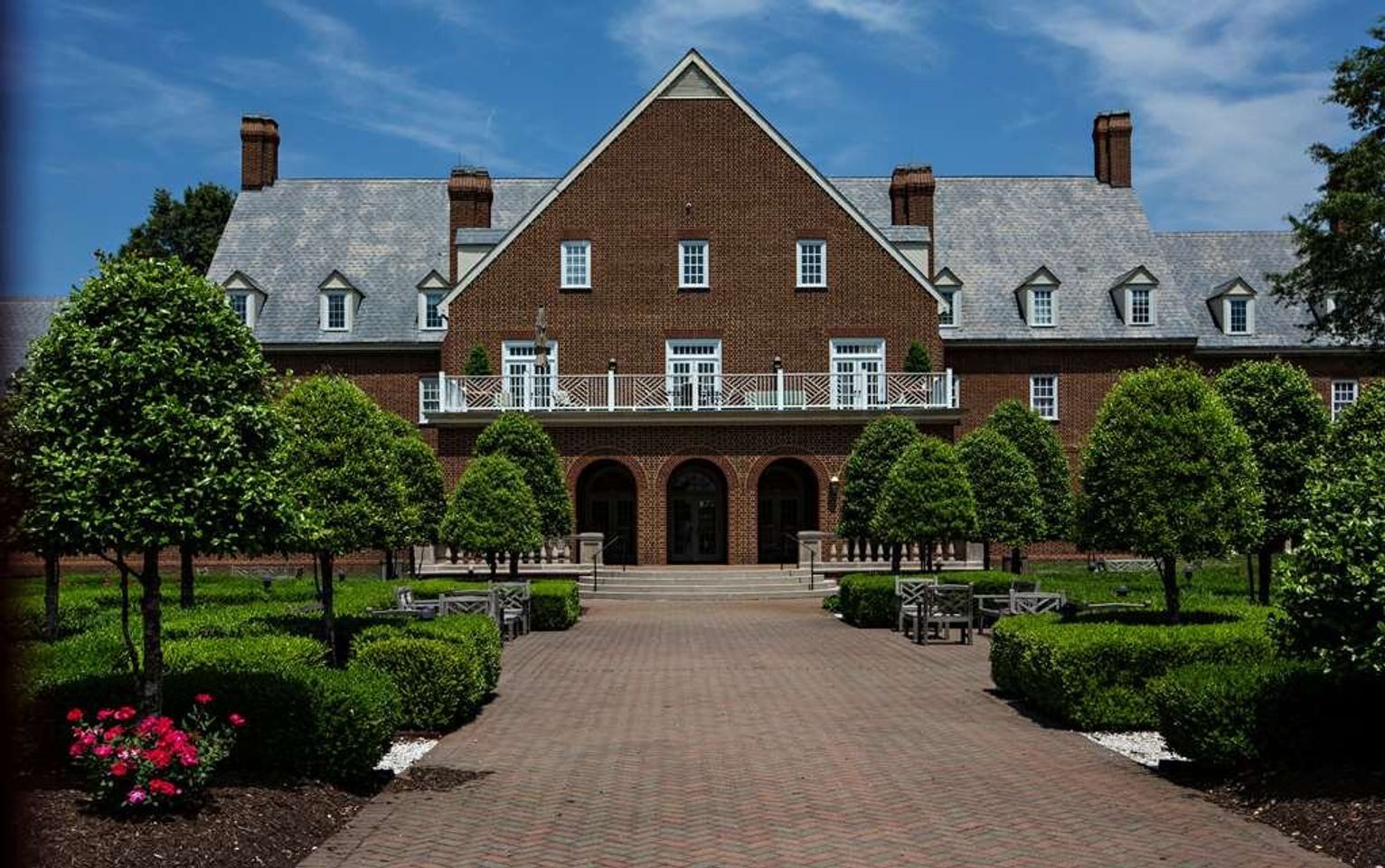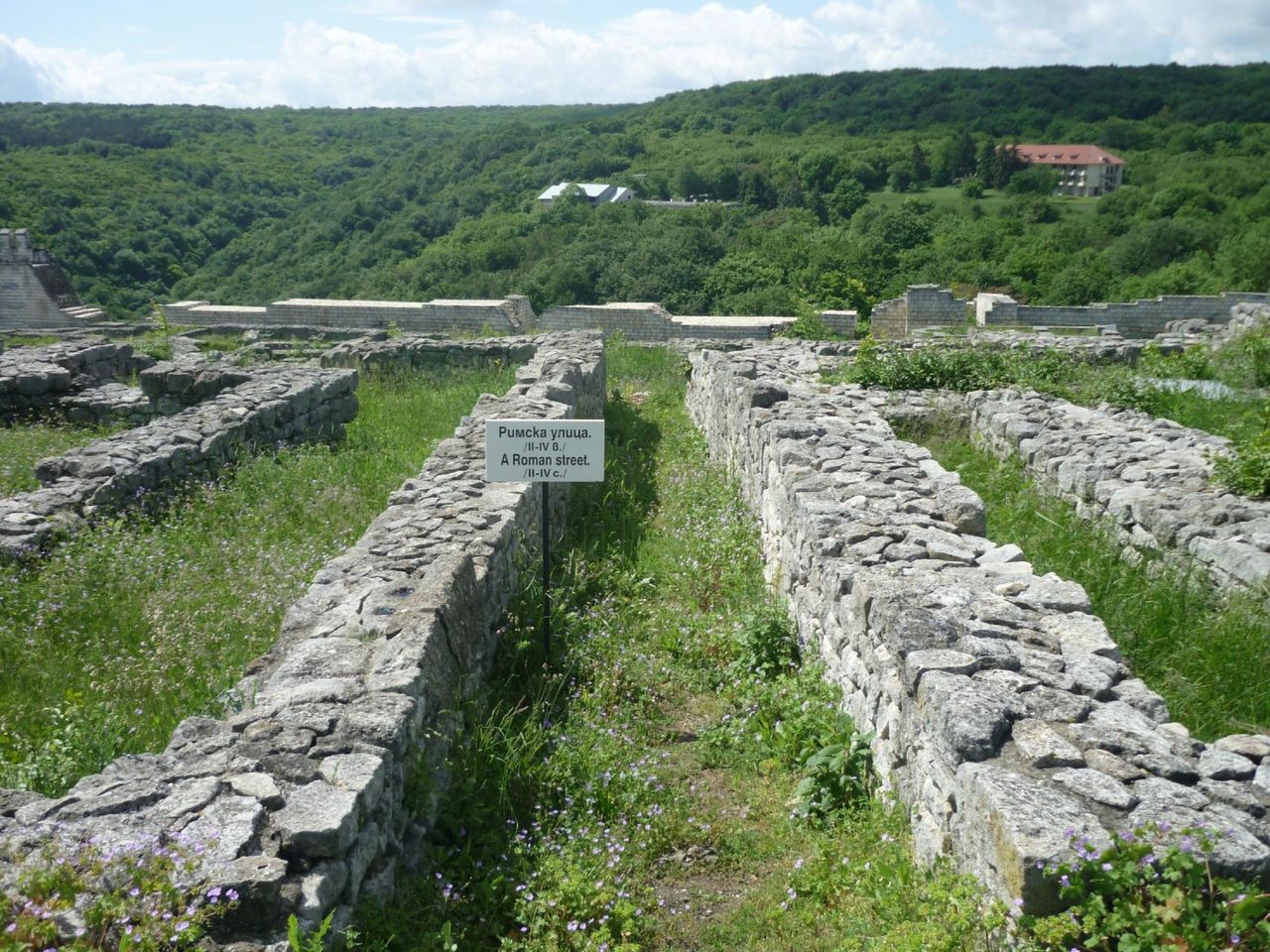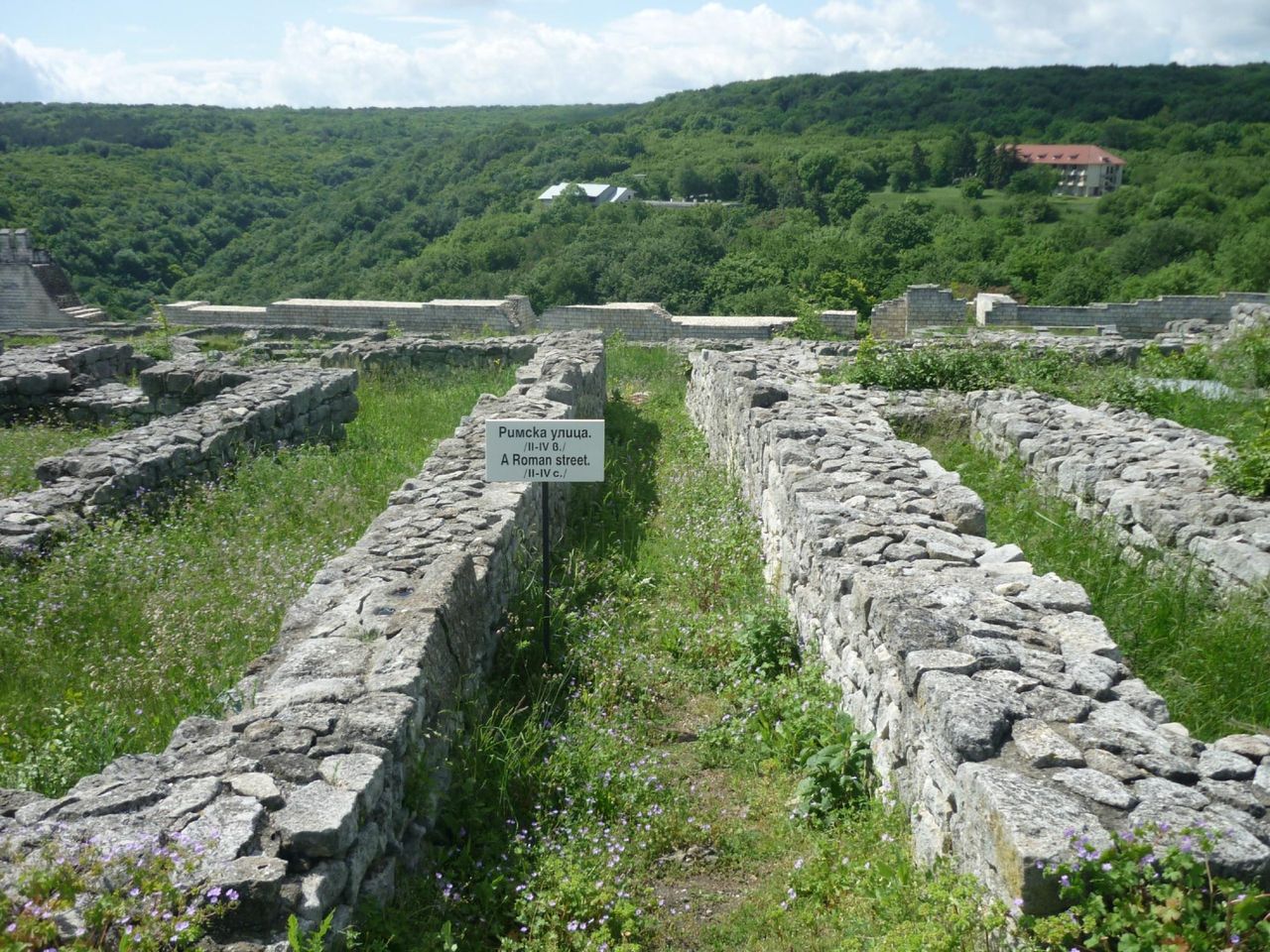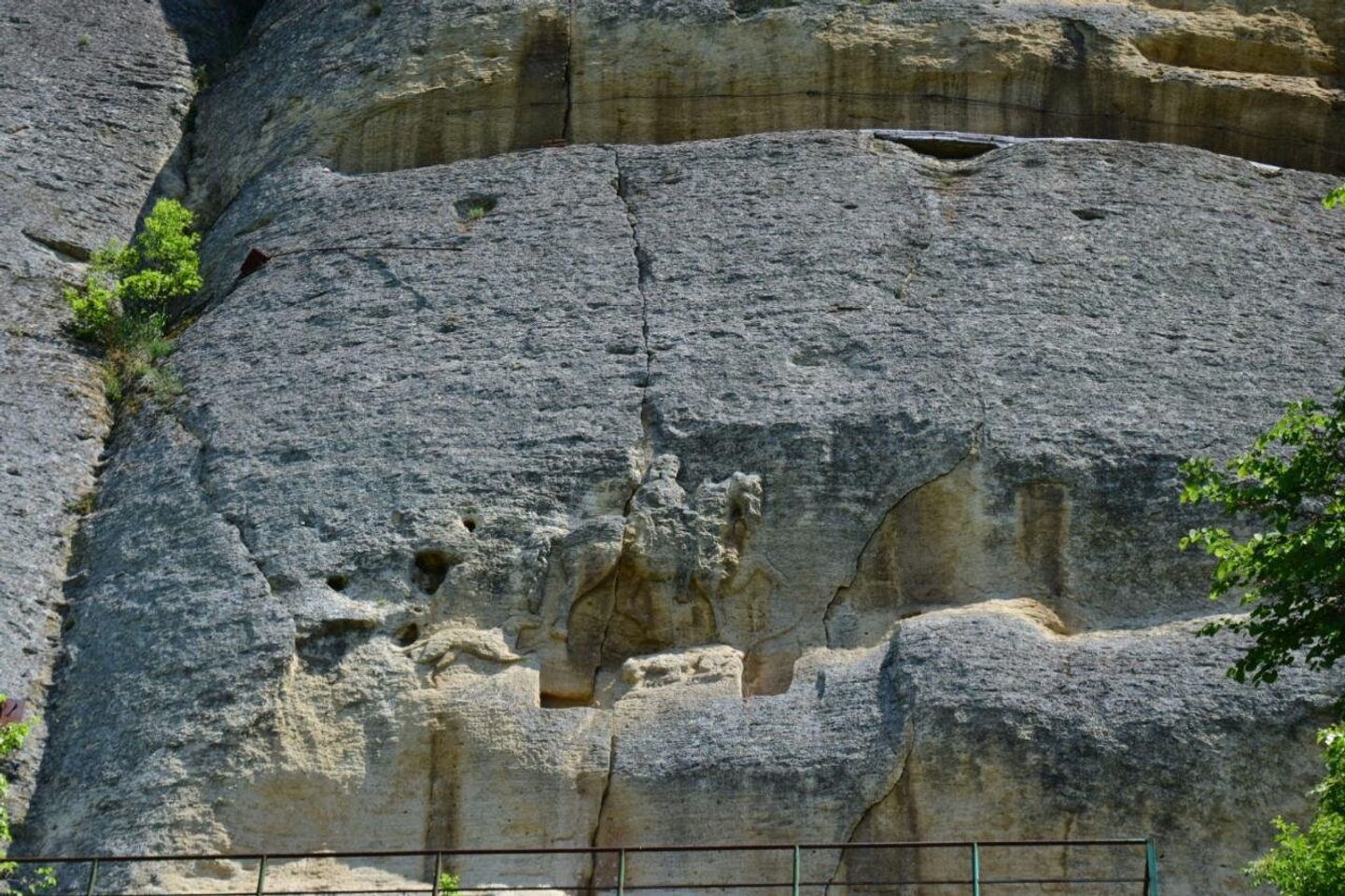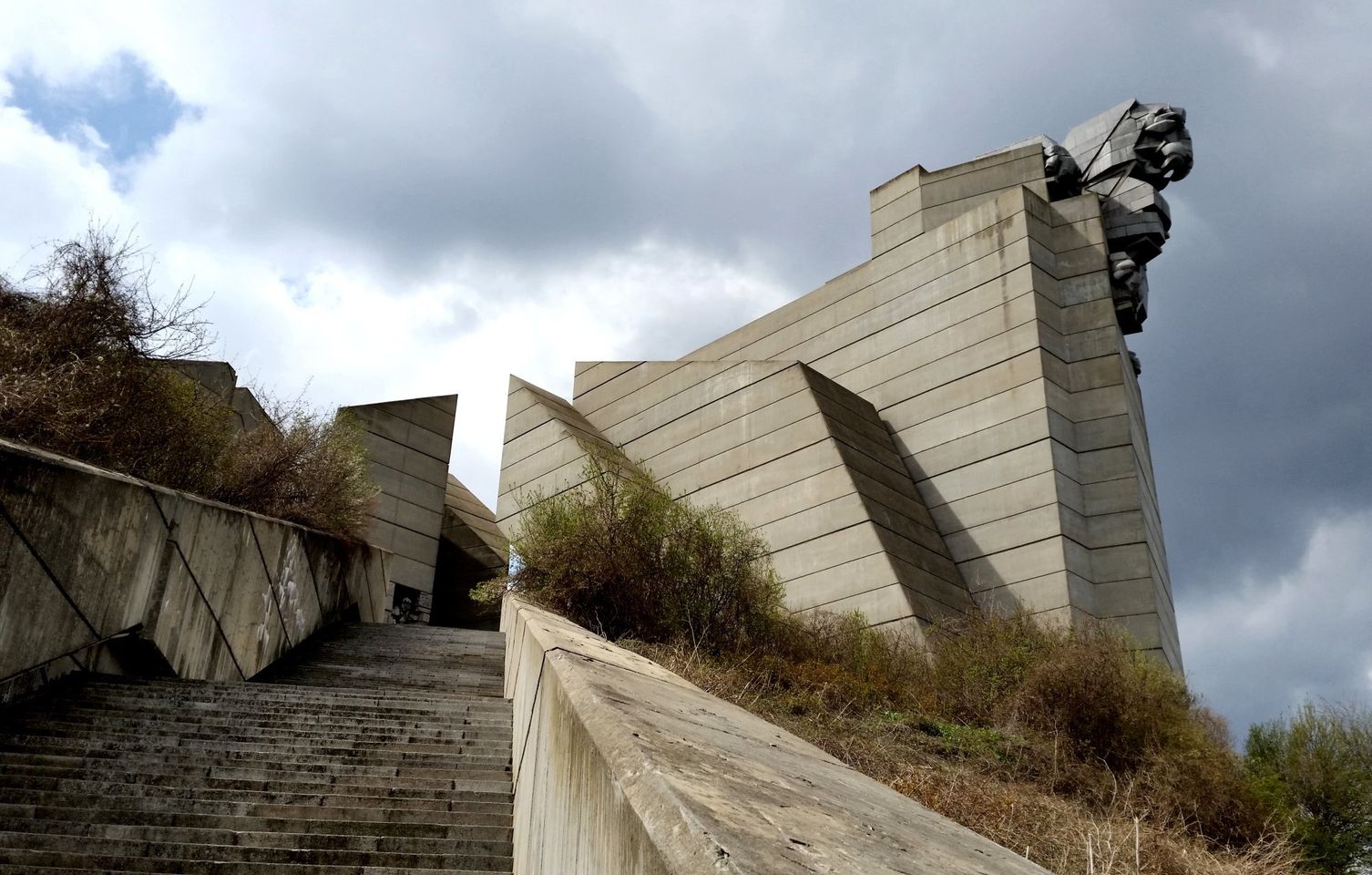Uncovering the Majestic Beauty of Tombul Mosque.
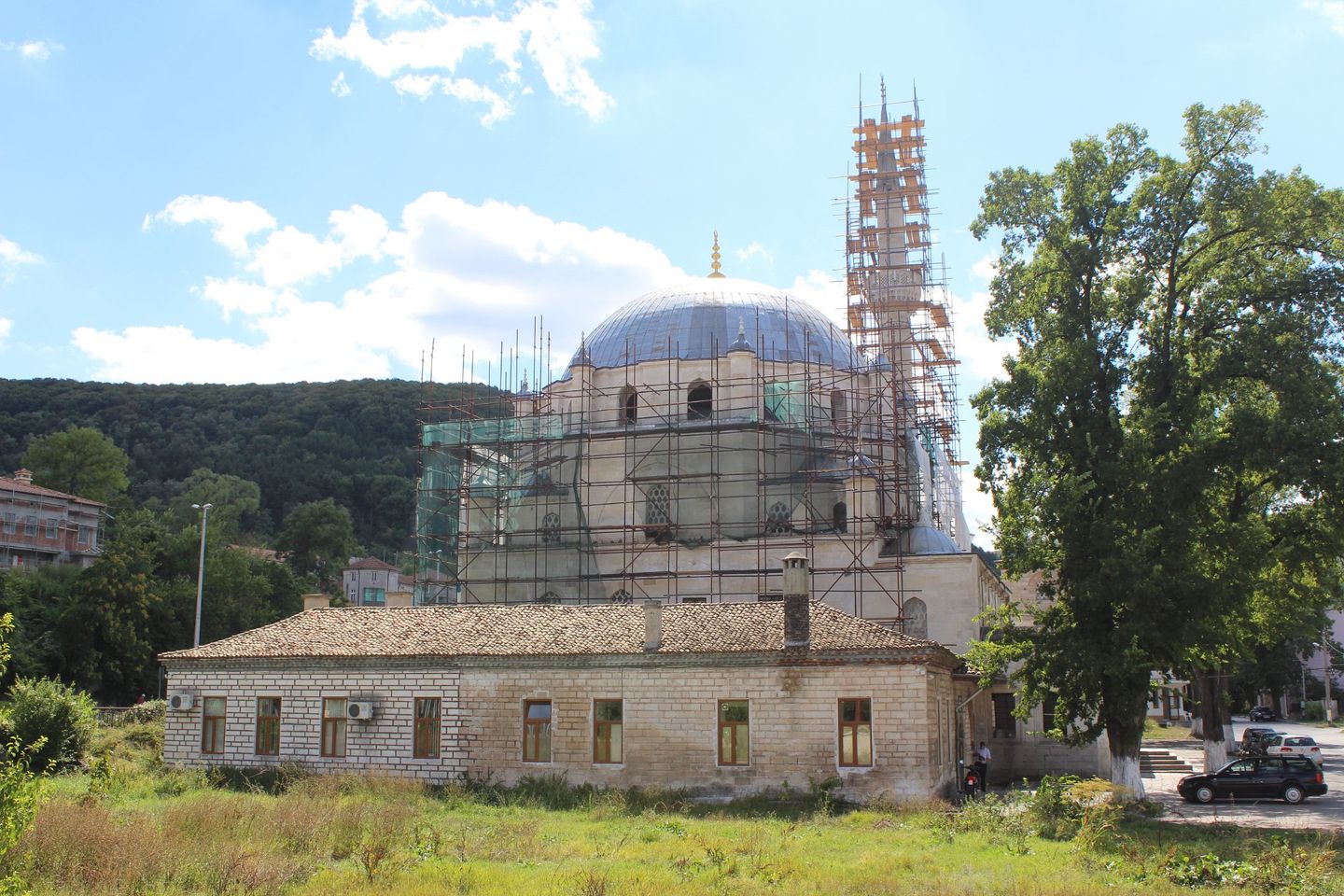
Nestled in the city of Shumen, Bulgaria, lies a hidden gem that commands attention with its sheer grandeur and historical significance – the Tombul Mosque. The mosque, also known as Sherif Halil Pasha Mosque, stands tall as a masterpiece of Ottoman architecture, dating back to the 18th century. Its prominent location at the top of the Shumen Plateau offers a stunning panoramic view of the city. But beyond its breathtaking beauty and panoramic views, the Tombul Mosque is a testament to Bulgaria’s rich cultural heritage and a symbol of the country’s religious diversity.
As a historical landmark, the Tombul Mosque plays a significant role in the cultural identity of Bulgaria. It serves as a living reminder of the Ottoman rule and the country’s Islamic past. The mosque’s imposing structure reflects the intricate fusion of Ottoman and Bulgarian architectural styles, making it a unique and exceptional masterpiece.
In recent years, however, the Tombul Mosque’s significance has become a matter of debate, with some questioning its relevance in the modern era. However, despite the ongoing debate, its role in shaping Bulgaria’s national identity and cultural heritage is undeniable. Click here to access the complete city guide for Shumen.
History and architecture of Tombul Mosque
As we step into the Tombul Mosque, the first thing that strikes us is its intricate architecture and design. The mosque has been standing tall since the Ottoman era and has witnessed a plethora of historical events. As we take a closer look at the structure, we can’t help but marvel at the detailed floral engravings and domed ceilings that have been meticulously crafted with the finest workmanship. The mosque truly stands as a reflection of the Ottoman influence on Bulgarian architecture and is a testament to the country’s rich cultural heritage.
Despite the mosque’s historical significance, we cannot help but acknowledge the lack of attention it has received over the years. The monument has been a victim of neglect and has not been given the care and maintenance that it rightfully deserves. The neglect is evident from the cracks on the walls and faded paint that adorn its ceilings. It’s a pity that a monument with such rich history and cultural value has been left to perish due to lack of care and attention. We hope that the authorities take note of this and take the necessary steps to restore and preserve this magnificent monument for future generations to admire.
In conclusion, the Tombul Mosque stands as a symbol of the Ottoman influence on Bulgarian architecture and serves as a testament to the country’s rich cultural heritage. However, its current state of neglect should serve as a wake-up call to all of us to preserve and protect our cultural heritage for future generations to come. Let us remember that our history shapes our present and future, and preserving it is our responsibility.
Tombul Mosque as a cultural and historical landmark
As we approach Tombul Mosque in Shumen, Bulgaria, we can feel the richness of cultural and historical significance that emanates from it. This magnificent mosque is not only an excellent example of Ottoman architecture but also a symbol of the shared history and coexistence of different religions and cultures in Bulgaria. Its presence reminds us of a time when Islam and Christianity peacefully coexisted, and the mosque was a place that could accommodate people from all walks of life.
The beauty of Tombul Mosque is not only its physical appearance, but also the stories behind it. Built-in 1744, the mosque has survived many challenges, including wars and natural disasters. Today, it stands tall and proud as an embodiment of strength and resilience. It is a testament to the enduring legacy of the Ottoman Empire in Bulgaria and their influence on the region’s architecture and culture.
As we explore Tombul Mosque, we are transported back in time to a period when different religions and cultures could coexist and flourish together. We marvel at its intricate details and appreciate its historical value. Tombul Mosque is not just a tourist attraction, but also a cultural and historical landmark that connects us to the past, present, and future of Bulgaria. Visiting Tombul Mosque is an enlightening experience that everyone should have, and we urge you to include it on your itinerary when visiting Shumen, Bulgaria.
Restorations and preservation efforts for Tombul Mosque
We were thrilled to visit the Tombul Mosque, an architectural masterpiece that dates back to the Ottoman Empire. The intricate details of the mosque’s interior and exterior, including the elegant calligraphy, painted dome, and stunning arches, left us in awe. However, as we walked around the mosque, we couldn’t help but notice the wear and tear inflicted on this cultural landmark. It’s crucial to preserve this historic gem to ensure its longevity and to provide future generations with the opportunity to witness its grandeur.
The recent restoration efforts at the Tombul Mosque were a step in the right direction. We appreciate the authorities’ efforts to preserve the mosque’s originality and authenticity while taking measures to enhance the visitors’ experience. The restoration of the stained glass windows and replacement of damaged tiles and wooden floors have transformed the mosque’s appearance, making it more inviting for visitors. We applaud the attention given to restoring the mosque’s damaged walls, which are central to its structural integrity.
The preservation of the Tombul Mosque is a testament to Bulgaria’s commitment to safeguarding its cultural heritage. Despite the challenges posed by time, nature and human interaction, the mosque remains standing tall, and we must do everything we can to maintain its grandeur. We acknowledge the significance of Tombul Mosque to the people of Shumen and its surrounding areas and encourage the authorities to continue to allocate resources towards the mosque’s maintenance and restoration. As visitors, it’s our responsibility to respect and appreciate our cultural heritage, and we must do our part to ensure its preservation for generations to come.
Conclusion
In visiting the Tombul Mosque in Shumen, Bulgaria, we cannot help but feel a profound sense of wonder and appreciation for this beautiful piece of architecture. The intricate designs and stunning motifs found both inside and outside the mosque are nothing short of awe-inspiring, and represent the rich cultural heritage of Bulgaria’s Islamic community.
Beyond its aesthetic beauty, however, the Tombul Mosque also plays a significant role in the country’s history and identity. As one of the oldest surviving mosques in Bulgaria, it serves as a symbol of the endurance and resilience of the country’s Muslim community, even in the face of adversity and persecution. By preserving and honoring this important monument, we show our continued dedication to respecting and celebrating the diversity of our cultural heritage.
Finally, we must also recognize the vital role that the Tombul Mosque plays in promoting greater understanding and appreciation between different religious and cultural communities. As a site that has been visited by people of all faiths and backgrounds from around the world, it stands as a beacon of hope for a more peaceful and unified future. Ultimately, in savoring the beauty and significance of the Tombul Mosque, we also celebrate the richness and complexity of human society and culture as a whole.

